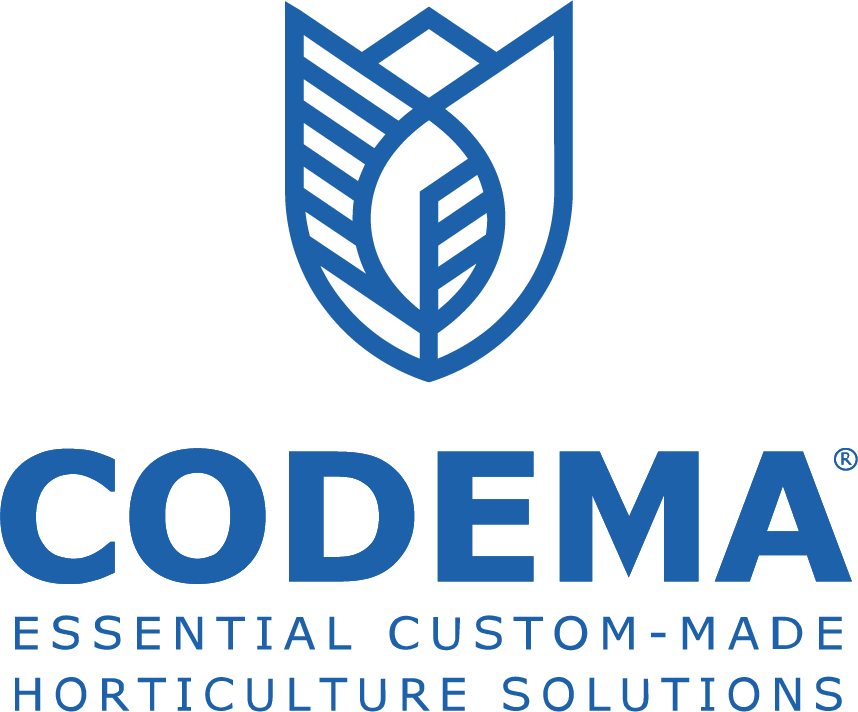AIGreen
Team AIGreen| Herbtopia
Spicing up the food experience
Where tradition meets the future
Herbs have been used in China for thousands of years in the preparation of food, medicine and aromatic products, especially in Guangdong. While most Chinese have limited knowledge regarding herb cultivation and modern agriculture technologies, they show interest in visiting greenhouses and are open to learning about modern agriculture. We decided to blend traditional culture and future trends. Our main products are herbs, and we based this choice on the nutritional value of herbs and traditional Guandong cuisine. Our urban greenhouse, Herbtopia, will be a place where visitors can learn about agriculture, as well as being a venue for entertainment and relaxation, providing food experiences using high-quality herbs, and family-themed services. We believe that our concept has great potential to attract people who regularly visit public spaces, offering them an interesting experience in the greenhouse.
Minimising environmental impact
Circularity is one of the primary aims of our design. Our integrated food production system, which contains an aquaponics-based plant factory, aquaculture, a rooftop greenhouse and a mushroom factory, was designed to maximise resource use efficiency and minimise the negative impact of waste from the food production system. From nitrogen recycling in the aquaponic-based plant factory to gas exchange between the rooftop greenhouse, plant factory and mushroom factory, most 'waste' resources will be put to sustainable use by other systems.
Inside the building, solar chimneys and solar panels are installed to reduce conventional energy demand; vacuum toilets and electrocoagulation technology are used to reduce water demand and recycle wastewater separately. Recycled wastewater and food waste will be used in community farms where residents can harvest crops together. Regarding building design, we use sustainable materials for facade and rooftops, which also fit in with traditional Cantonese building concepts.
Renovation of 'Lingnan' style
Herbtopia intends to revive the local ‘Lingnan’ architectural style while incorporating futuristic technology and sustainability. Also, we plan to visualise the high-tech production and circulatory system as a landscape-aesthetic method, educating the public by providing diverse authentic experiences.
You are more than what you eat
Apart from food production, we envision offering multiple functions with innovative technical solutions by integrating community interaction, education, collaboration and research, recreation and sightseeing into the building concept. We want to encourage more people to live a healthy and sustainable lifestyle, slowly spreading from the surrounding communities to the wider society. Our greenhouse offers many educational activities for children and provides a place for the elderly to relax and entertain. We also provide opportunities and places for scientists and researchers to perform innovative research, as well as organising various online and offline activities (advertising, lectures, etc.) to encourage more people to take a closer look at modern agriculture.
Money-smart
Our business model is based on selling herbs for profit and popularising the idea of a sustainable lifestyle among consumers. We will focus on marketing, promoting Herbtopia to become a famous lifestyle brand. To achieve this goal, we will advertise on social media and collaborate with the government and schools to organise educational campaigns on sustainability topics. In addition, discounts will be offered to attract new customers. Since the Chinese government has launched many policies to support sustainable agriculture, our initial investments will mainly be provided by the government and banks. Considering that China's e-commerce platform is highly developed, we will make full use of this to expand our market and sell our products throughout China via our App Herbtopia, thereby also increasing our profits and spreading our knowledge.
Setting a good example
Our design incorporates cutting-edge technologies within traditional Chinese building concepts and herb species. By providing diverse functions to consumers, visitors and communities it will further set a good example of ways to contribute to climate adaptation and local food security.
Artist impressions of the facade and the building
Pitch videos



Our challenge experience
"By participating in the Challenge, we have learned three lessons: that success comes from each single step; that many hands make light work and that one plus one is more than two!"
Team info
|
JINGXIAN LU
|

|
|
Yawei Wang
|

|
|
Keren Zhang
|

|
|
Shiying Lin
|

|
|
Xingqiao Li
|

|
|
Yiqiang Yang
|

|
|
Jingyi Wang
|

|
|
Yilin Zhang
|

|
|
Yujie Zhang
|

|

